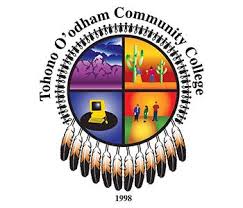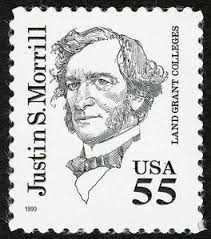Alabama’s 1862 Land-Grant Institution: Auburn University
http://www.auburn.edu @AuburnU
Auburn University was established in 1856 as the East Alabama Male College, 20 years after the city of Auburn’s founding. In 1872, under the Morrill Act, the school became the first land-grant college in the South and was renamed the Agricultural and Mechanical College of Alabama. In 1899 the name again was changed, to the Alabama Polytechnic Institute. Finally, in 1960 the name of the school was changed to Auburn University.
President: The president of Auburn University is Steven Leath. President Leath has extensive land-grant credentials, having received three degrees from land-grant institutions: a B.S. in plant science from Pennsylvania State University, M.S. in plant science from the University of Delaware and Ph.D. in plant pathology from the University of Illinois. @AuburnPrez

Alabama’s 1890 Land-Grant Institutions: Alabama A&M University and Tuskegee University
Alabama A&M University
https://www.aamu.edu @aamuedu
Opened in 1875 as the Huntsville Normal School in downtown Huntsville, and shortly thereafter became the State Normal and Industrial School at Huntsville. Following its designation as an 1890 land-grant institution, the school’s name was changed to The State Agricultural and Mechanical College for Negroes. In 1919 it became a junior college and was renamed The State Agricultural and Mechanical Institute for Negroes. It was then renamed the Alabama Agricultural and Mechanical College in 1948 before it finally became Alabama Agricultural and Mechanical University in 1969.
President: Andrew Hugine, Jr. He holds three degrees from land-grant institutions: bachelor’s and master’s degrees in mathematics from South Carolina State University and a doctorate in Higher Education/Institutional Research from Michigan State University. @AndrewHugineJr

Tuskegee University
https://www.tuskegee.edu @TuskegeeUniv
Opened in 1881 as the Tuskegee Normal School for Colored Teachers. Booker T. Washington was the school’s first faculty member and leader, who remained president until his death in 1915. In 1896, George Washington Carver was recruited to serve on the faculty as chair of the agricultural department. The school was renamed the Tuskegee Normal and Industrial Institute when it was granted independence from the state by the Alabama Legislature in 1892. As a direct result of the second Morrill Act, the school achieved its land-grant status in 1899. In 1985, the school changed its name to Tuskegee University.
President: Tuskegee University has named Lily D. McNair as its next president. Currently the Provost at Wagner College (@WagnerProvost), she previously held a position at the land-grant institution of the University of Georgia. Dr. McNair, who will begin her duties at Tuskegee on July 1, 2018, is the first woman president of Tuskegee in its 137-year history.



























